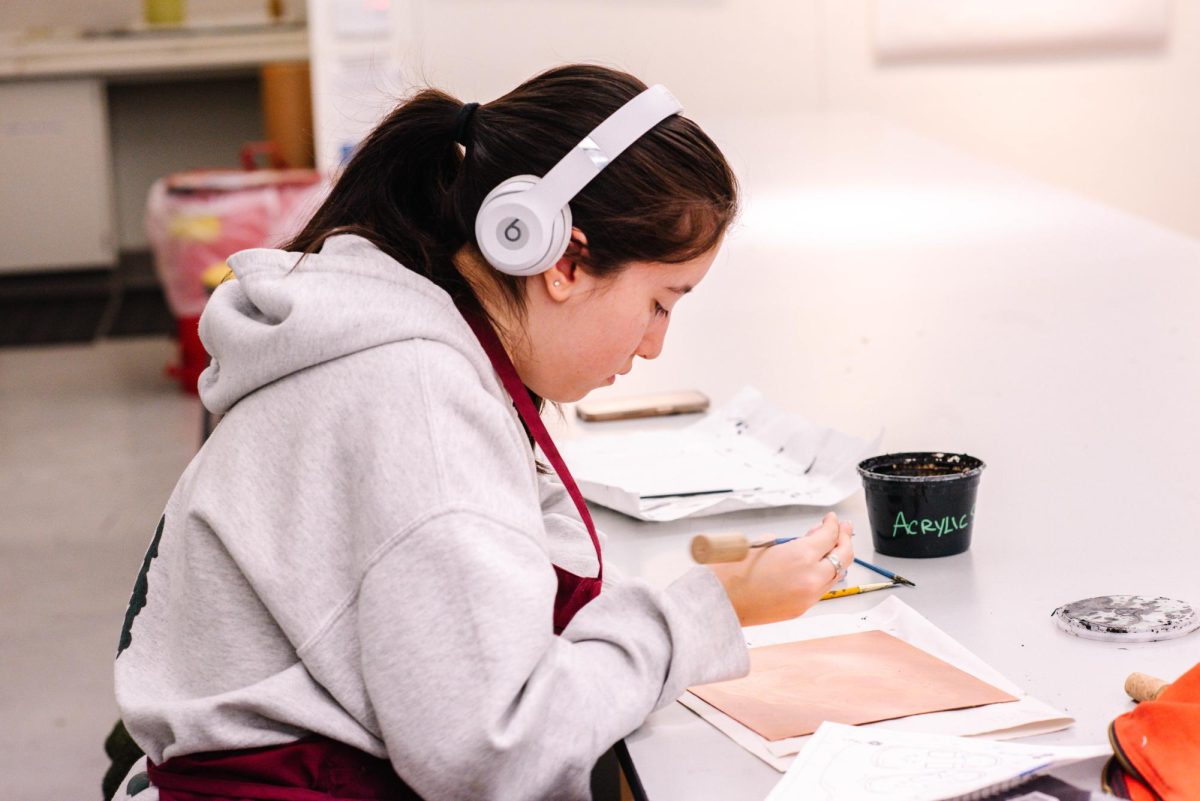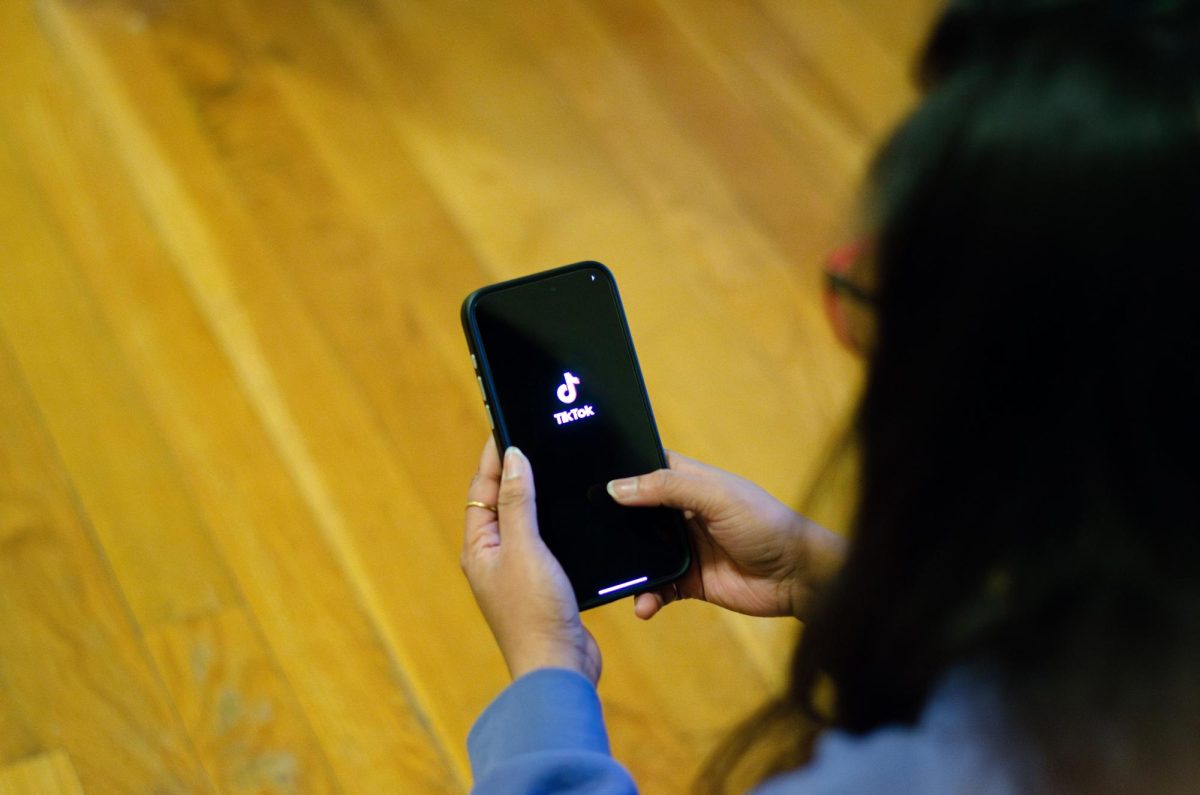New technology and innovation have an impact on the way we learn. In the early 20th century, the advent of radio and television broadcasting made it possible to reach large audiences with educational content. Educational programs such as Sesame Street, which began in the 1960s, improved on this and utilized television to teach young children about literacy, numeracy and social skills [1].
With the advent of the internet, the scope and reach of learning has expanded. In the 2010s, Massive Open Online Courses, or “MOOCs,” emerged as a new form of online learning, providing free access to high-quality educational content to learners around the world. The growth of online learning accelerated as more institutions began to offer online courses and programs.
Today, online learning has become a mainstream form of education, with millions of learners around the world accessing online courses and programs from a wide range of institutions. The COVID-19 pandemic has further accelerated this growth, as many institutions shifted to remote teaching and learning in response to the global health crisis.
Today, there are many platforms to choose from such as Coursera, which has nearly 92 million registered users as of 2021 [2]. Traditional universities are also embracing and scaling up their online presence, as we have seen here at UMass Boston. This presents students with a growing opportunity to learn online as well as on-campus.
Online classes allow students to learn at their own pace and on their own schedule. This can be particularly beneficial for students who work part-time or have other commitments that make it difficult to attend in-person classes. These classes are accessible to anyone with a laptop and an internet connection, benefiting students who live in rural areas or those who have physical disabilities that make it challenging to attend in-person classes.
Interactions through online forums, virtual meetings, and video conferencing with instructors and classmates can create a more personalized learning experience. It can also improve our digital skills as we learn to navigate digital platforms and tools, collaborate with others online and use multimedia resources.
However, when speaking with UMass Boston Associate Professor Roger Blake, he explained to me some of the downsides of online learning. Although the online model offers a platform for interaction and the possibility of discussion at any time of the day, he mentions that the students who take full advantage of this are usually those who are already doing well. Students who aren’t doing well may have a harder time with the online format; the physical distance is often hard for them to reach across to engage with their professors and their peers.
He also mentioned that the online format is an obstacle for more “old-school” faculty members. The joys of teaching for them are their interactions with students and colleagues, and online courses don’t offer the same level of interaction. In–person classes offer the flexibility of checking on people if they don’t understand the material and explaining the concepts in a better way, but online classes are sometimes like teaching to boxes on a screen.
Professor Blake explained that teaching is not only about passing along knowledge—it’s about personal interaction, getting to know students as people, discussing their career path and more. “Why do people go to concerts,” he asked. “If it’s the music, then we could listen to it on our smartphones. It’s the experience that matters, as it is with in-person classes.”
He does agree that online classes provide an option for learning at the student’s pace, and he acknowledges that they cost less for the student; parking is often expensive and commuting time is often long at an urban campus. But he is quite confused as to how it costs less for the University, as the faculty pay remains the same, campus remains open and infrastructure is maintained. If anything, the campus loses out on parking fees and revenue from food and spends more on IT support. The only way it could be profitable for the University is by improving the overall revenue by expanding the market size.
Economics aside, many of us don’t interact with our professors. Yes, we submit assignments on time, get graded accordingly and graduate with a degree. But we are missing the key aspect of interaction and communication. Of course, not every professor is so willing to help, but it’s up to us to reach out and see.
The movie “Dead Poets Society” highlights the importance of a teacher in a profound way. It revolves around an English teacher named John Keating, played by Robin Williams. Keating’s unconventional teaching methods and his love for poetry awaken a sense of curiosity and creativity in his students, inspiring them to think critically, challenge authority and embrace their true selves. This is what we often miss in an online class. Interactions with professors might help us think outside of the box, get clarity on the subject and maybe even inspire us to follow a career path in that specific field.
For whatever reason we choose online classes, it’s upon us to initiate conversations with our professors. This also goes for many of our in-person classes, especially if they are non-interactive. If we have an online course, we can set aside a few hours every week to interact with the professor and fellow students.
The University may want to look into the option of providing hybrid classes, which have a certain number of in-person classes over the duration of the course. I believe these measures would help clear one of the major drawbacks of choosing an online course at a college or university.
References:


















































